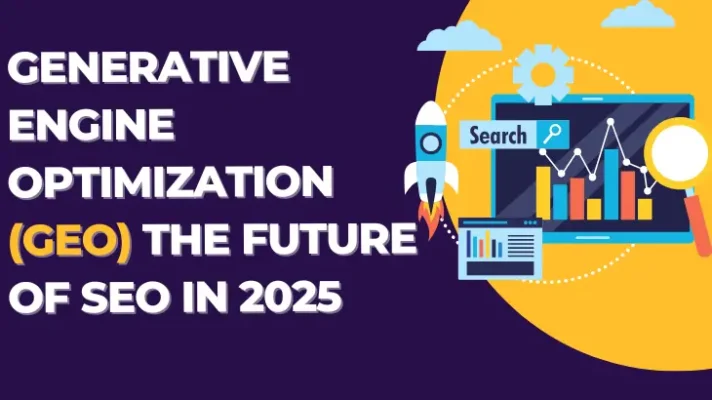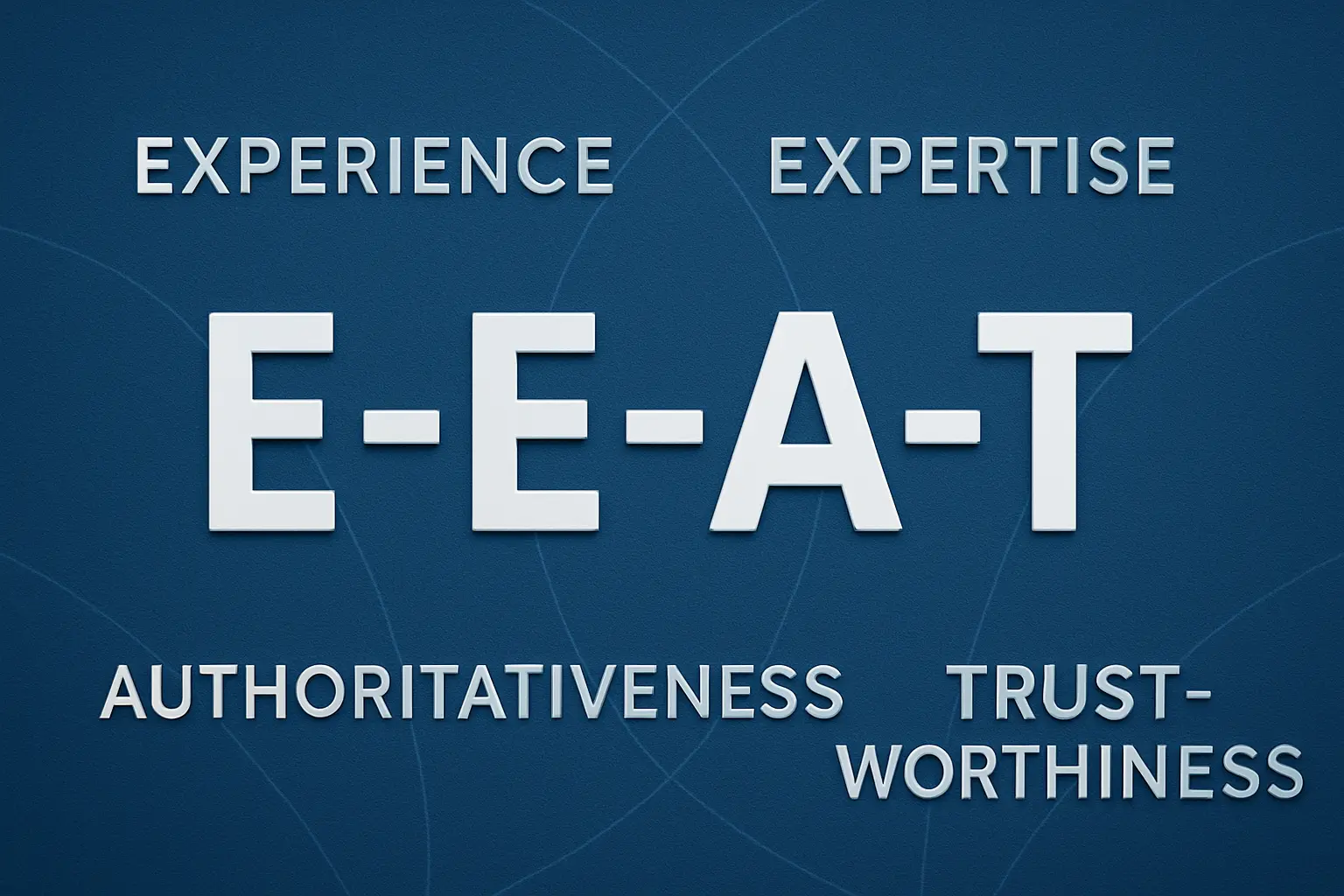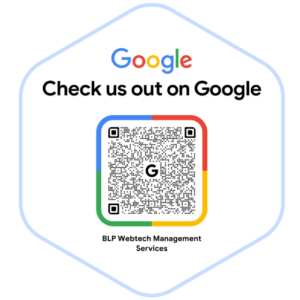
Search engines have been the backbone of digital marketing for decades. But the way people search is changing fast. Instead of typing short keywords into Google, users are now asking conversational questions to AI-powered assistants like ChatGPT, Google’s Search Generative Experience (SGE), and Perplexity AI. These tools don’t just list websites—they generate summarized answers.
This new reality has given birth to a powerful concept called Generative Engine Optimization (GEO). Just like SEO helped businesses rank on search engines, GEO is about making sure your content is visible and relevant in AI-driven search results.
In this blog, we’ll break down what GEO is, why it matters for businesses in 2025, strategies you can use to get started, and how it compares to traditional SEO.
What is Generative Engine Optimization (GEO)?
Generative Engine Optimization (GEO) is the practice of optimizing your content so that AI-powered generative search engines like ChatGPT, Google SGE, or Microsoft Copilot—can understand, summarize, and cite it effectively.
Unlike traditional search engines that rank websites based on backlinks, keywords, and algorithms, generative engines create answers on the spot. This means if your content isn’t structured in a way that AI can easily process, you risk being left out of the conversation.
For example, instead of a user typing “best digital marketing strategies” and getting 10 blue links, an AI engine may generate a direct summary: “The best digital marketing strategies include SEO, paid ads, content marketing, and AI-driven personalization.” If your content is optimized for GEO, your brand could be referenced in that answer.
Why GEO is the Future of Search Marketing
In 2025 and beyond, businesses can no longer rely only on traditional SEO. Here’s why Generative Engine Optimization is critical:
-
AI is replacing keyword search – Users now type questions like they talk, e.g., “What’s the best website designing and development company for startups?”
-
Direct answers, not just links – AI engines generate conversational summaries, often without requiring a user to click.
-
Visibility is about citations – Instead of “ranking #1,” the goal is to be mentioned as a trusted source in AI-generated answers.
-
User intent matters most – GEO focuses on context and intent, not just keyword density.
In short, GEO is about being part of the AI conversation. Businesses that adapt now will have an edge.
Key Strategies for Generative Engine Optimization
To succeed with GEO, businesses need to rethink how they create content. Here are some proven strategies:
Create Conversational, High-Quality Content
Write content in a natural, human-like tone. Use complete answers, examples, and FAQs that match how people ask questions.
Structure for AI Summarization
Use clear headings, bullet points, and short paragraphs. AI models scan for well-structured content to summarize easily.
Use Schema Markup & Structured Data
Adding schema helps AI understand your content better whether it’s reviews, FAQs, or services.
Focus on E-E-A-T
Google’s E-E-A-T (Experience, Expertise, Authoritativeness, Trustworthiness) is critical for GEO. Show expertise with author bios, case studies, and references.
Leverage Multimedia
AI engines increasingly reference images, videos, and infographics. Adding visuals makes your content more engaging and AI-friendly.
Answer Natural Language Queries
Include long-tail keywords and Q&A-style content. Example: Instead of just “SEO services,” write “What are the best SEO services for small businesses?”

GEO vs Traditional SEO: Key Differences
| Traditional SEO | Generative Engine Optimization (GEO) |
|---|---|
| Ranks websites on search engine results pages (SERPs). | Gets content cited in AI-generated answers. |
| Focus on keywords, backlinks, meta tags. | Focus on context, clarity, authority. |
| Users click links to find answers. | Users get direct summaries from AI. |
| Goal: Rank #1 on Google. | Goal: Be referenced as a trusted source. |
Both SEO and GEO are essential. SEO helps bring traffic, while GEO ensures visibility in AI-driven search.
Benefits of Adopting GEO
-
Better Visibility – Your content appears directly in AI-powered answers.
-
Authority Building – Being cited by AI builds trust with users.
-
Early Mover Advantage – Most businesses haven’t adopted GEO yet.
-
More Organic Traffic – Even if AI gives a summary, users are more likely to click trusted sources.
-
Future-Proofing – AI is not going away. GEO ensures your business stays relevant.
Challenges in GEO
While GEO is powerful, it comes with challenges:
-
No clear rulebook – Unlike SEO, GEO is still evolving.
-
AI interpretation – Engines may misrepresent or overlook content.
-
Content originality – Avoid duplication; AI favors fresh, insightful content.
-
Balancing SEO & GEO – You still need traditional SEO for visibility.
Future of Generative Engine Optimization
Looking ahead, GEO will only become more important as AI-driven search replaces traditional search engines. Businesses must:
-
Continuously adapt content to AI updates.
-
Focus on human-first, helpful, and trustworthy content.
-
Invest in AI-friendly website designing and development to stay competitive.
The winners will be brands that combine traditional SEO + GEO strategies to dominate both search results and AI answers.
FAQs
Q1. What is Generative Engine Optimization (GEO)?
Generative Engine Optimization (GEO) is the practice of optimizing content so that AI-driven search engines like ChatGPT and Google SGE can cite it in their responses.
Q2. How is GEO different from SEO?
SEO focuses on ranking higher on search results, while GEO is about being referenced in AI-generated answers.
Q3. Why do businesses need to care about GEO in 2025?
Because users are shifting to AI-powered search. If your business isn’t optimized for GEO, you risk being invisible.
Q4. How can I optimize my content for generative AI search engines?
Use conversational content, structured data, FAQs, and showcase expertise. Make your content easy for AI to summarize.
Q5. Does GEO replace traditional SEO?
No. GEO complements SEO. Both work together for visibility across search engines and AI platforms.
Q6. What tools or techniques can help with GEO?
Schema markup tools, AI content optimization platforms, SEO plugins, and analytics tools to track AI-driven mentions.
Conclusion
The rise of Generative Engine Optimization (GEO) is a clear sign that digital marketing is entering a new era. Businesses that adapt early will have the advantage of being seen, cited, and trusted by AI-driven search engines.





